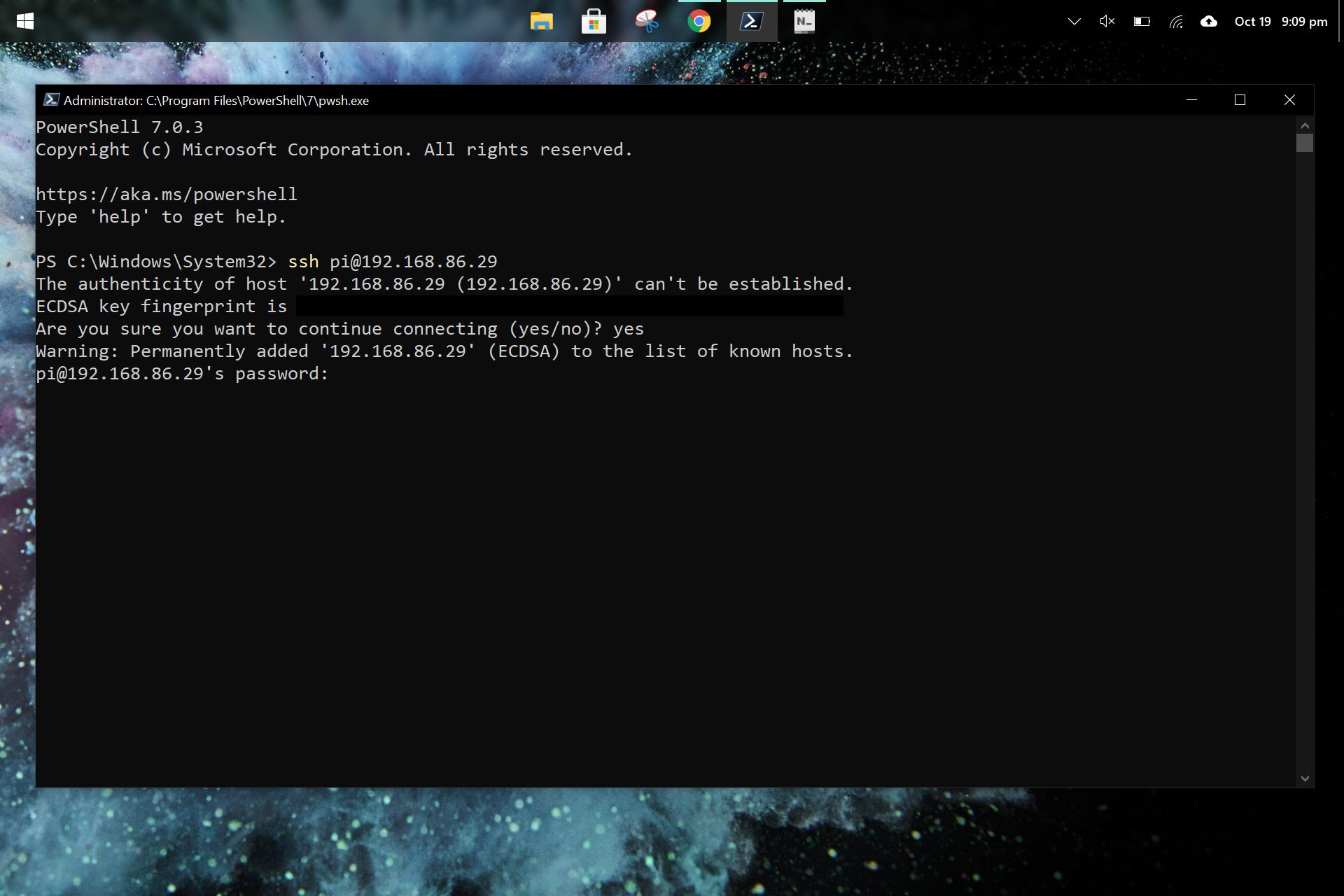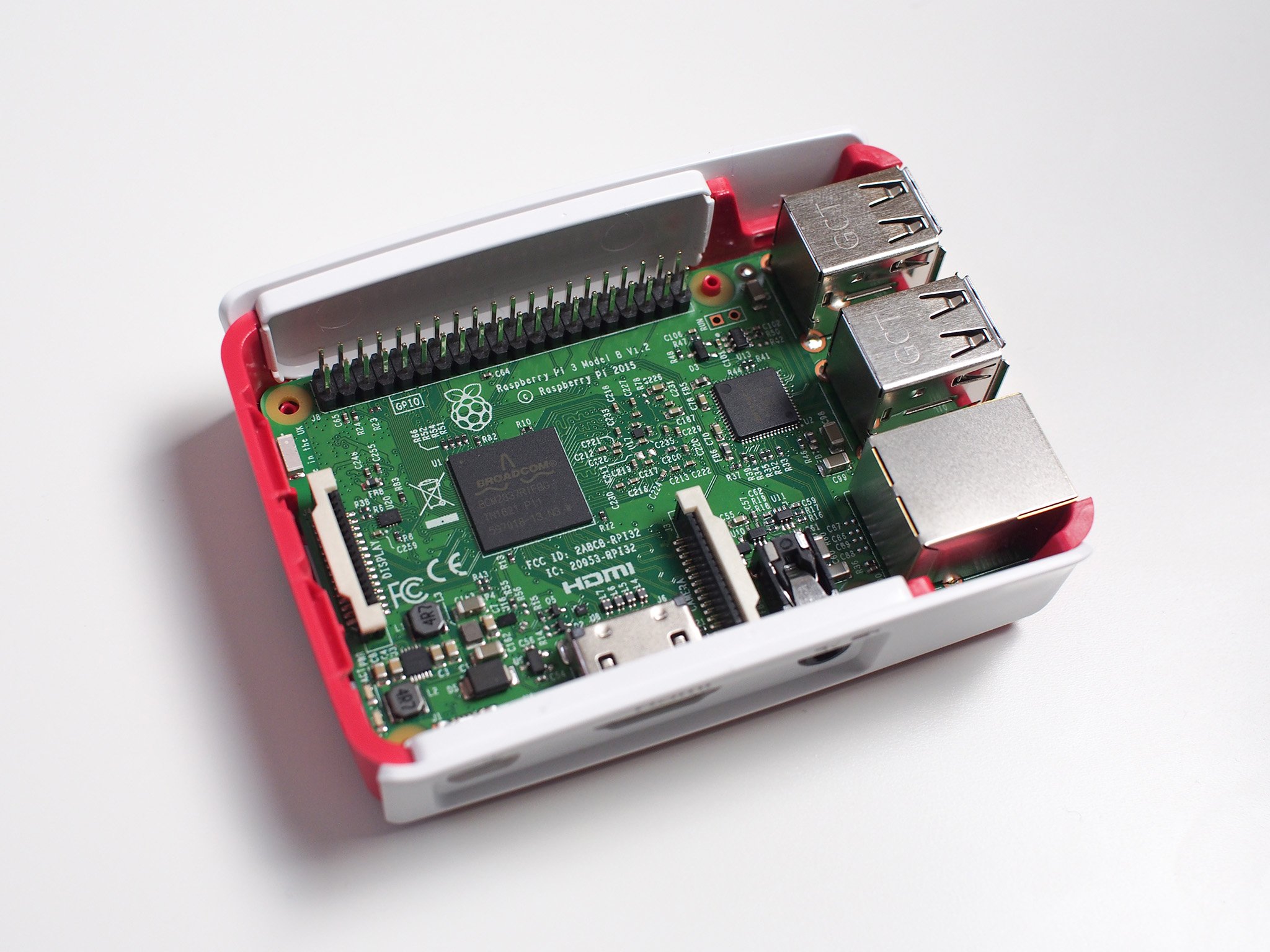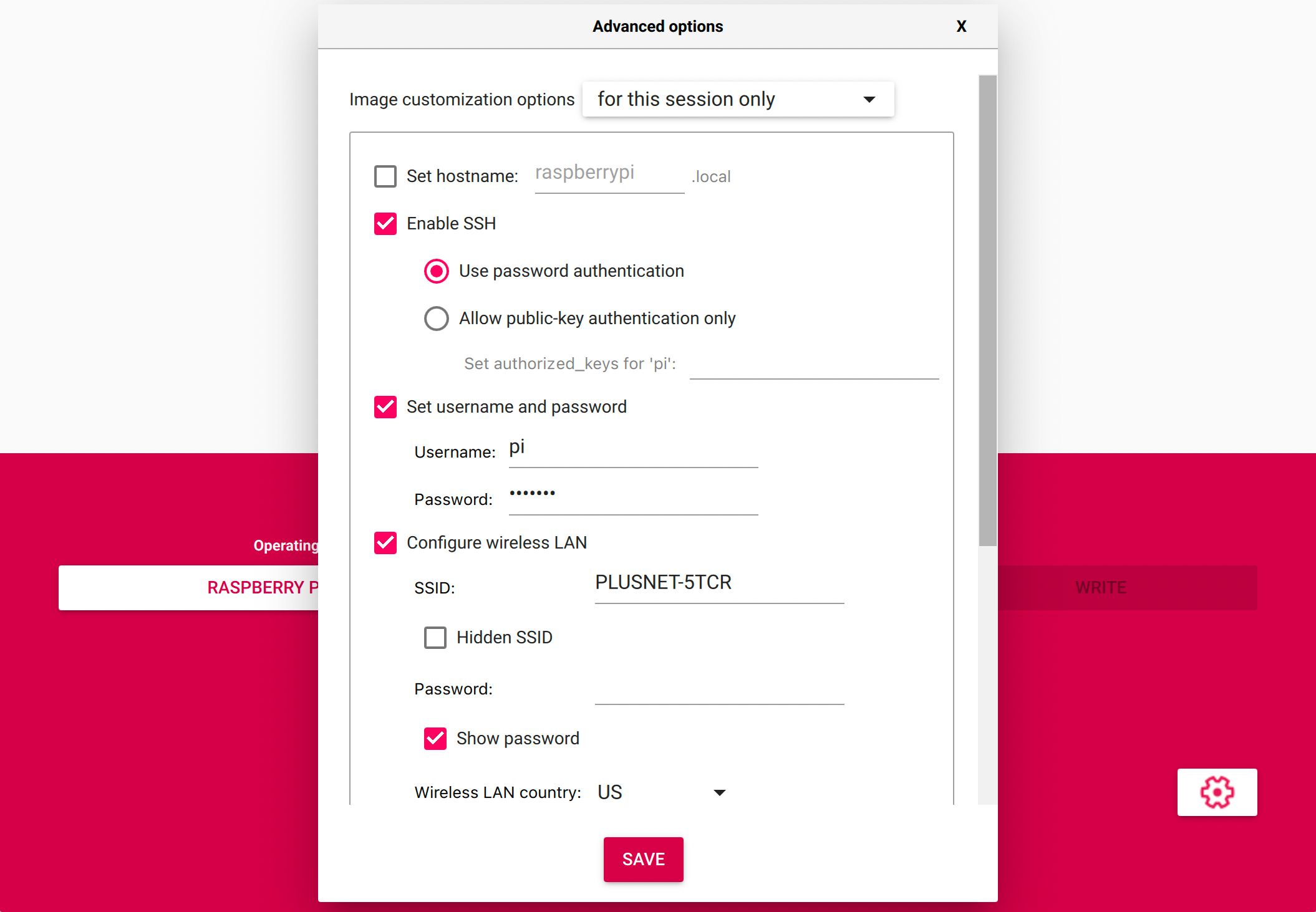RemoteIoT Platform SSH: Download Raspberry Pi Without Windows
Looking to set up a RemoteIoT platform with SSH on your Raspberry Pi without Windows? Well, you’re in the right place, buddy. This is going to be a wild ride, filled with tips, tricks, and some seriously useful information. If you’ve ever wondered how to get your hands on the RemoteIoT platform and set it up like a pro, this guide will take you step by step through the process. So, buckle up, and let’s dive in!
Let’s face it, not everyone runs Windows, and that’s totally okay. Whether you’re rocking Linux, macOS, or even a Chromebook, setting up your Raspberry Pi using SSH without Windows shouldn’t feel like climbing Mount Everest. RemoteIoT platforms are becoming more popular every day, and knowing how to manage them remotely is like having a superpower. This article is here to make sure you don’t have to break a sweat while doing it.
Before we get too deep into the nitty-gritty, it’s important to understand why RemoteIoT matters. Imagine being able to control your IoT devices from anywhere in the world without needing a physical connection. Sounds pretty cool, right? That’s exactly what we’re aiming for here—empowering you with the knowledge to set up and download everything you need for your Raspberry Pi, even if you don’t have Windows in the mix.
What is RemoteIoT Platform Anyway?
Alright, let’s start with the basics. The RemoteIoT platform is like the Swiss Army knife of IoT management. It allows you to connect, monitor, and control your IoT devices from anywhere, as long as you’ve got an internet connection. Think of it as your personal assistant for all things IoT. With SSH (Secure Shell), you can securely access your Raspberry Pi remotely, making it super convenient for managing your projects.
Here’s a quick rundown of what RemoteIoT offers:
- Remote access to your IoT devices
- Secure communication through SSH
- Easy integration with various platforms
- Scalability for small to large projects
Now, if you’re wondering why SSH is the go-to method for this kind of setup, it’s because it’s secure, reliable, and pretty much foolproof. No one wants their IoT devices hacked, right? SSH encrypts your data, making it tough for anyone to snoop around.
Why Use Raspberry Pi for RemoteIoT?
The Raspberry Pi is like the golden child of DIY tech enthusiasts. It’s affordable, versatile, and packed with features that make it perfect for IoT projects. When combined with a RemoteIoT platform, it becomes a powerhouse for managing smart homes, industrial automation, or even just automating your coffee machine.
Here’s why Raspberry Pi is the star of the show:
- Low cost and energy-efficient
- Supports a wide range of operating systems
- Easy to set up and use
- Community-driven support and tons of resources
If you’re serious about diving into the world of IoT, the Raspberry Pi is your best bet. Plus, with SSH, you can manage it from anywhere, which is pretty sweet if you ask me.
Downloading Raspberry Pi OS Without Windows
Now, let’s talk about the elephant in the room—how do you download Raspberry Pi OS without Windows? Don’t worry; it’s easier than it sounds. Here’s a quick guide to help you out:
Step 1: Choose Your Operating System
First things first, decide which OS you want to run on your Raspberry Pi. Raspberry Pi OS is the official choice, but you can also opt for alternatives like Ubuntu or Fedora. For this guide, we’ll stick with Raspberry Pi OS since it’s the most beginner-friendly.
Step 2: Download Raspberry Pi Imager
Raspberry Pi Imager is the tool you’ll use to flash the OS onto your SD card. You can download it from the official Raspberry Pi website. Just head over to the downloads section and grab the version that matches your current OS.
Step 3: Flash the SD Card
Once you’ve got Raspberry Pi Imager installed, plug in your SD card, select the OS you downloaded, and hit the flash button. Easy peasy. This process usually takes about 5-10 minutes, depending on your setup.
Setting Up SSH on Raspberry Pi
Now that you’ve got your Raspberry Pi OS installed, it’s time to set up SSH. Here’s how you do it:
Step 1: Enable SSH
By default, SSH is disabled on Raspberry Pi OS. To enable it, boot up your Raspberry Pi and open the terminal. Type the following command:
sudo raspi-config
From there, navigate to Interfacing Options, select SSH, and enable it. Simple as that!
Step 2: Find Your IP Address
To connect to your Raspberry Pi via SSH, you’ll need its IP address. You can find this by typing:
hostname -I
This will display your Pi’s IP address, which you’ll need for the next step.
Step 3: Connect via SSH
Now, open your SSH client (like Terminal on macOS or PuTTY on Linux) and enter the following command:
ssh pi@
When prompted, enter the default password: raspberry. You’re now connected to your Raspberry Pi remotely!
RemoteIoT Platform SSH Integration
With SSH set up, it’s time to integrate your RemoteIoT platform. This step is crucial if you want to manage your IoT devices from anywhere. Here’s how you do it:
Step 1: Install Required Packages
Before you can integrate RemoteIoT, you’ll need to install some packages. Use the following commands:
sudo apt update
sudo apt install python3-pip python3-venv
Step 2: Clone the RemoteIoT Repository
Head over to the official RemoteIoT GitHub page and clone the repository using:
git clone
Step 3: Configure and Run
Follow the instructions in the README file to configure and run the platform. This usually involves setting up environment variables and starting the server.
Common Issues and Troubleshooting
Let’s face it, things don’t always go as planned. Here are some common issues you might encounter and how to fix them:
- SSH Not Working: Make sure SSH is enabled and your IP address is correct.
- Connection Refused: Check your firewall settings and ensure port 22 is open.
- Package Installation Failures: Update your package lists and try again.
If you’re still stuck, don’t hesitate to reach out to the Raspberry Pi forums or the RemoteIoT community. Chances are, someone’s already solved the problem you’re facing.
Benefits of Using SSH for RemoteIoT
Now that you’ve got everything set up, let’s talk about why SSH is such a game-changer for RemoteIoT:
- Secure and encrypted connections
- Easy to use once set up
- Works on any device with an SSH client
- Perfect for managing multiple IoT devices
Whether you’re a seasoned pro or just starting out, SSH makes managing your IoT projects a breeze.
Future of RemoteIoT and Raspberry Pi
The world of IoT is evolving rapidly, and platforms like RemoteIoT are leading the charge. With advancements in AI, machine learning, and edge computing, the possibilities are endless. The Raspberry Pi continues to be a favorite among hobbyists and professionals alike, and its integration with RemoteIoT is only going to get better.
Keep an eye on upcoming releases and updates, as they often bring new features and improvements that can enhance your projects even further.
Conclusion
Well, there you have it—everything you need to know about setting up a RemoteIoT platform with SSH on your Raspberry Pi without Windows. It might seem intimidating at first, but once you get the hang of it, it’s a piece of cake. Remember, the key to success is patience and practice.
So, what are you waiting for? Grab your Raspberry Pi, dive into the world of IoT, and start building something amazing. Don’t forget to share your experiences in the comments below or check out our other articles for more tips and tricks. Happy tinkering, my friend!
Table of Contents
- What is RemoteIoT Platform Anyway?
- Why Use Raspberry Pi for RemoteIoT?
- Downloading Raspberry Pi OS Without Windows
- Setting Up SSH on Raspberry Pi
- RemoteIoT Platform SSH Integration
- Common Issues and Troubleshooting
- Benefits of Using SSH for RemoteIoT
- Future of RemoteIoT and Raspberry Pi
- Conclusion



Detail Author:
- Name : Dr. Curtis Larson Jr.
- Username : zoie.berge
- Email : uquitzon@hotmail.com
- Birthdate : 1974-12-27
- Address : 490 Keenan Center Suite 467 Violachester, OH 91843-0014
- Phone : (678) 682-4038
- Company : Swift-Graham
- Job : Forest Fire Inspector
- Bio : Nisi aut dolore atque aperiam. Officia ut nihil asperiores fugiat. Corrupti et alias hic quidem necessitatibus veniam.
Socials
tiktok:
- url : https://tiktok.com/@egrimes
- username : egrimes
- bio : Eaque et aut blanditiis aut. Aliquid eos cumque deleniti repellat ad.
- followers : 3983
- following : 1999
instagram:
- url : https://instagram.com/eryn_official
- username : eryn_official
- bio : Ipsam velit eaque recusandae aut deleniti. Alias dolore et quaerat autem.
- followers : 1122
- following : 2960